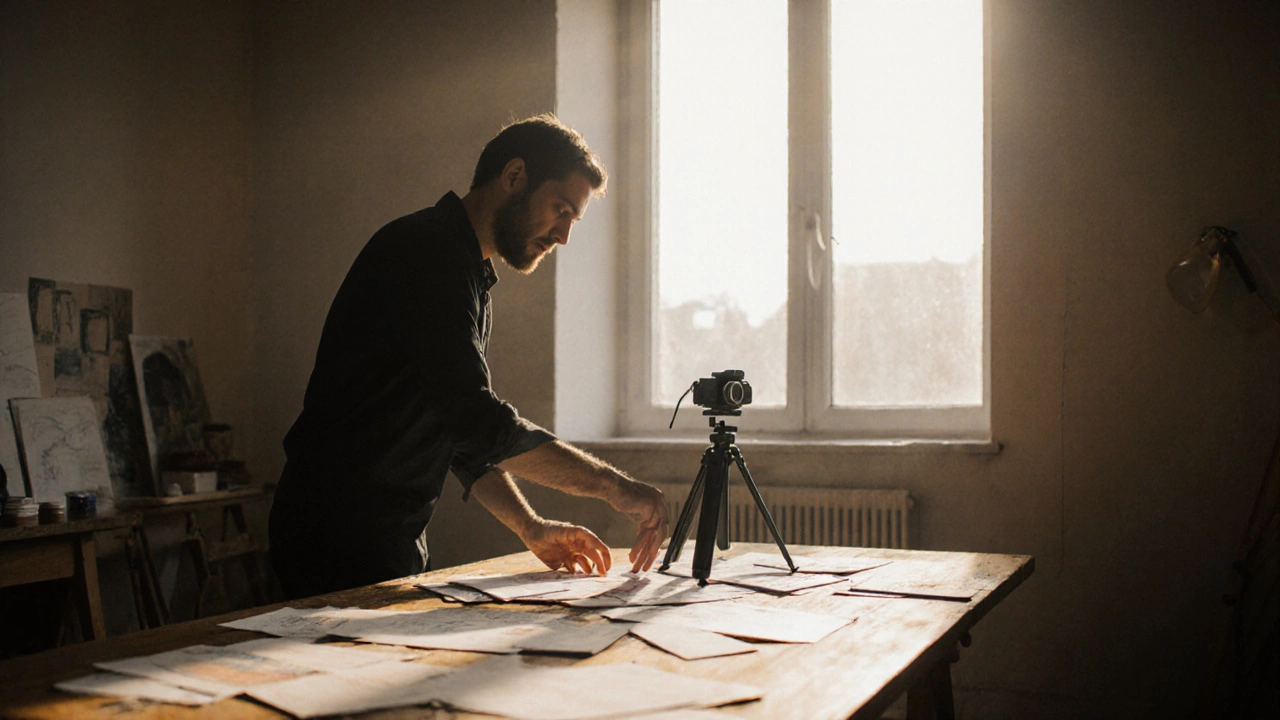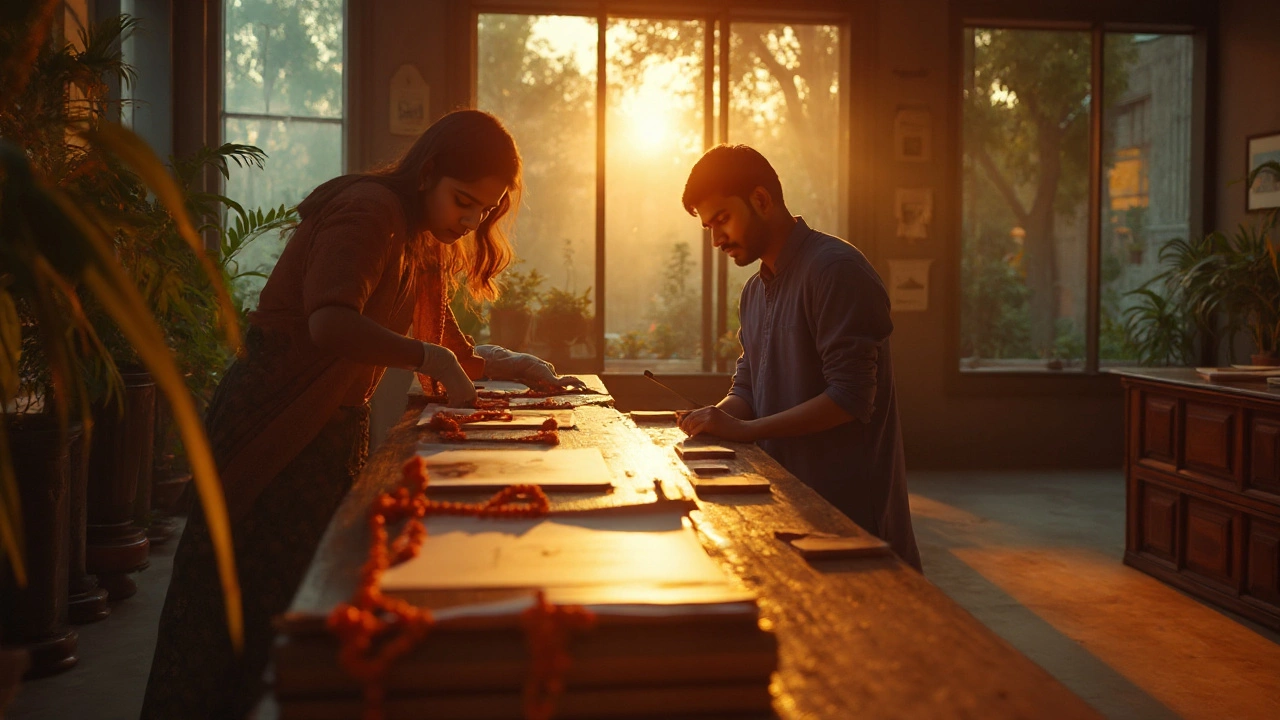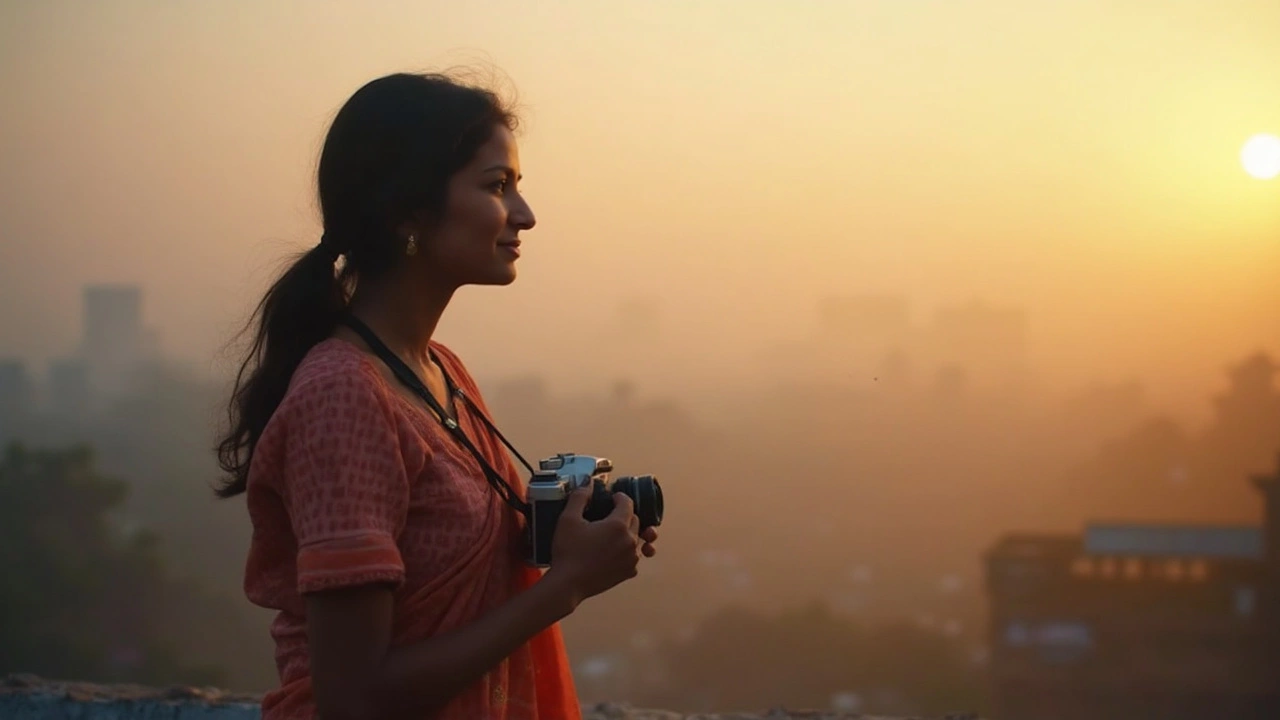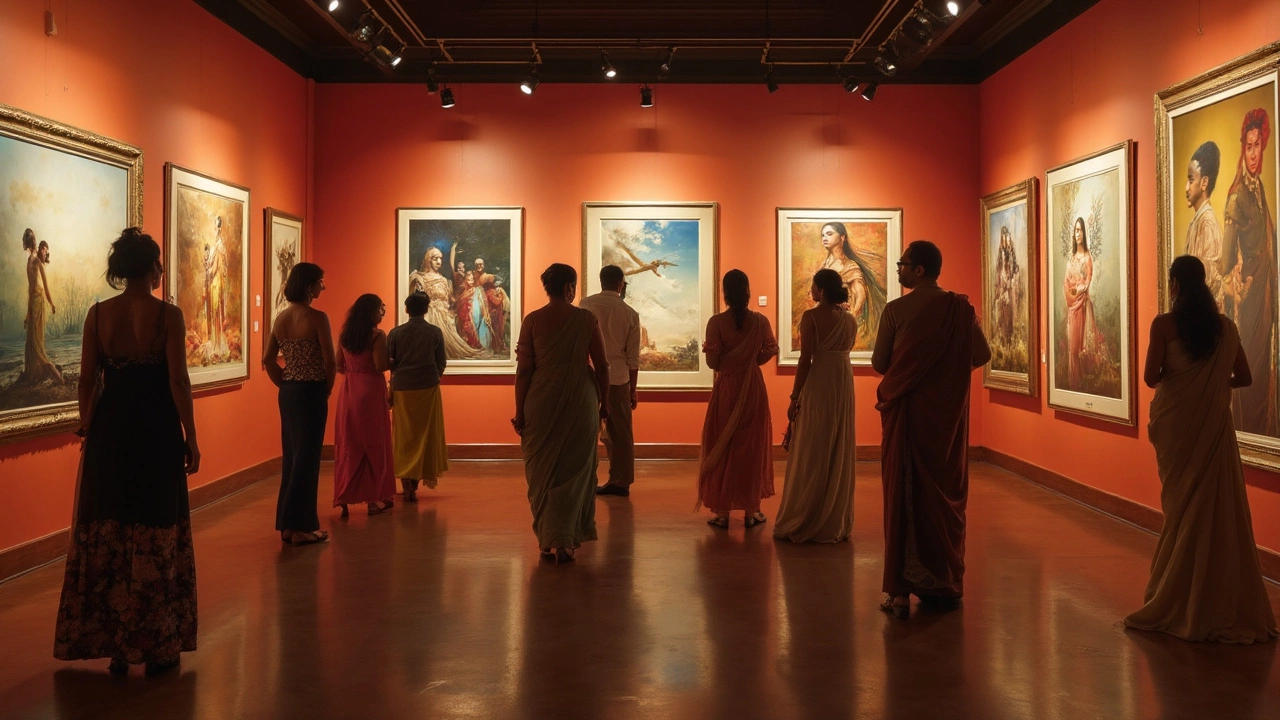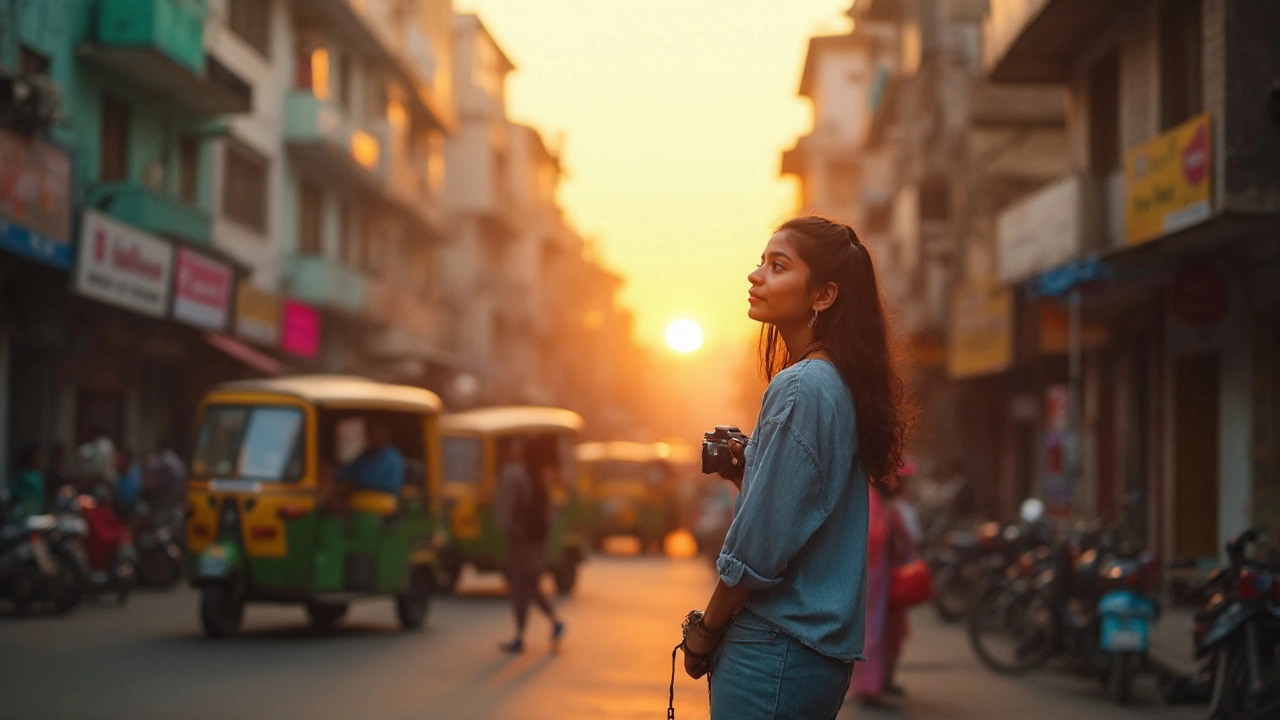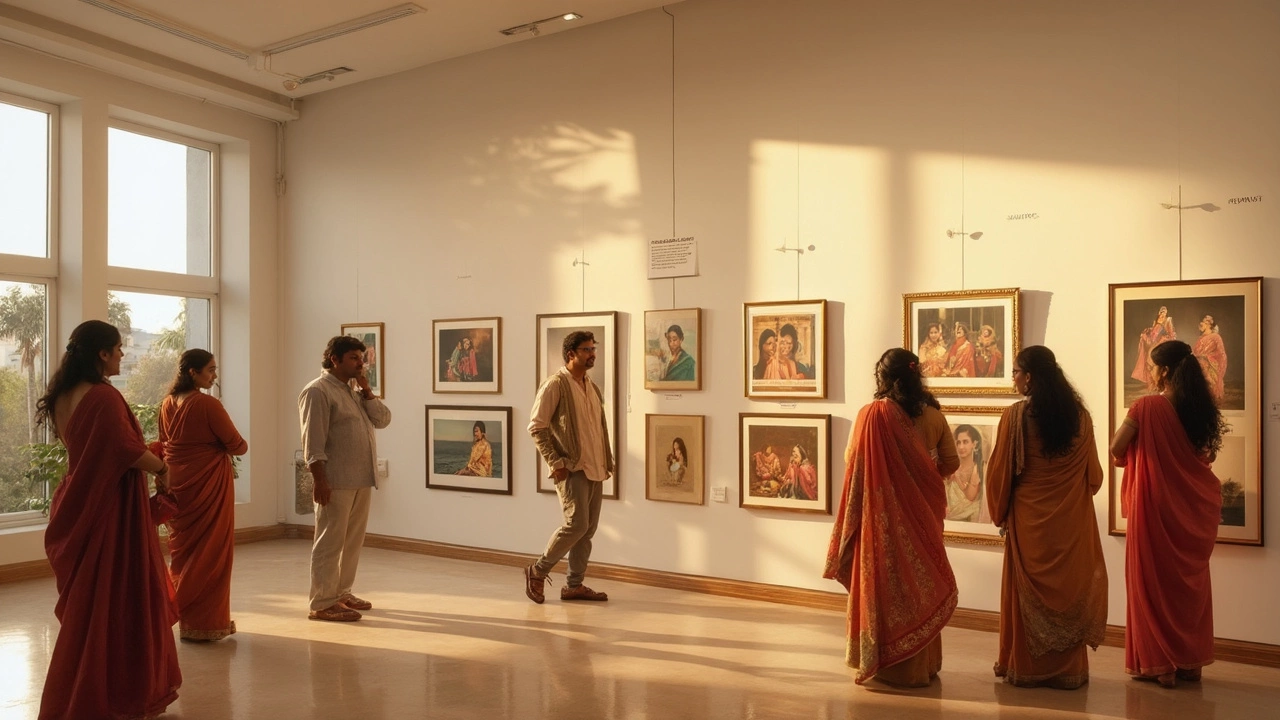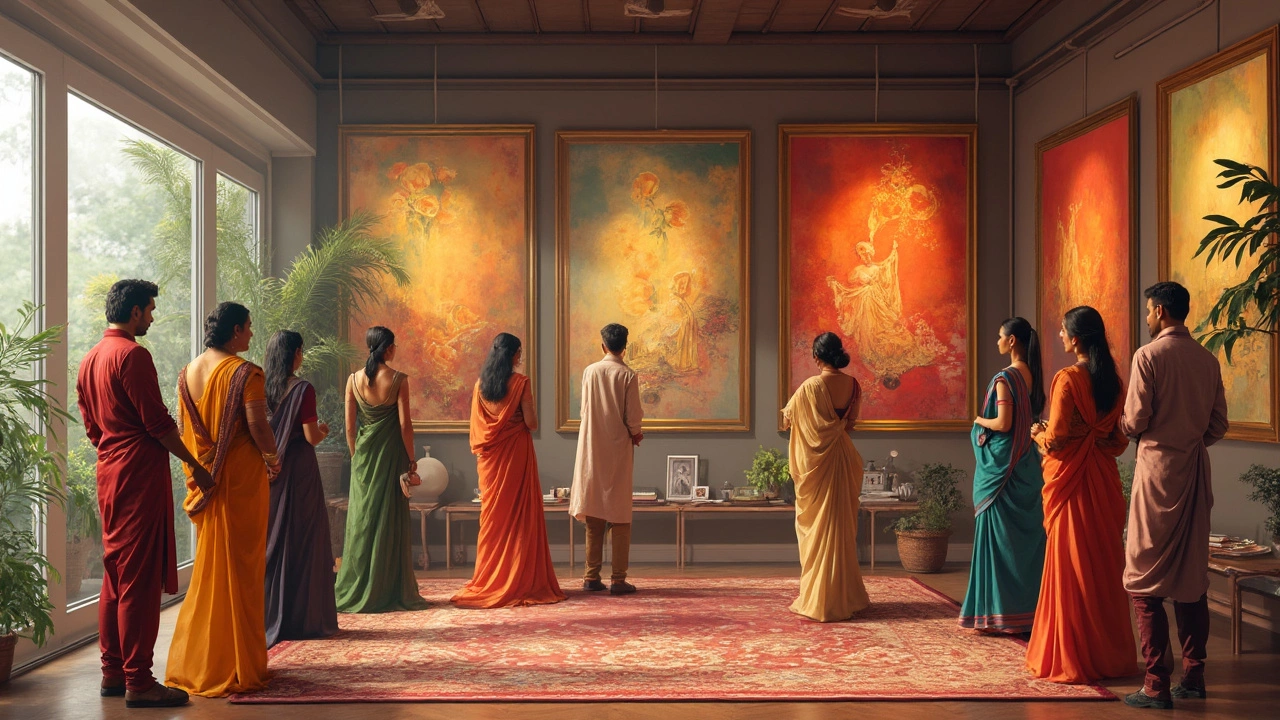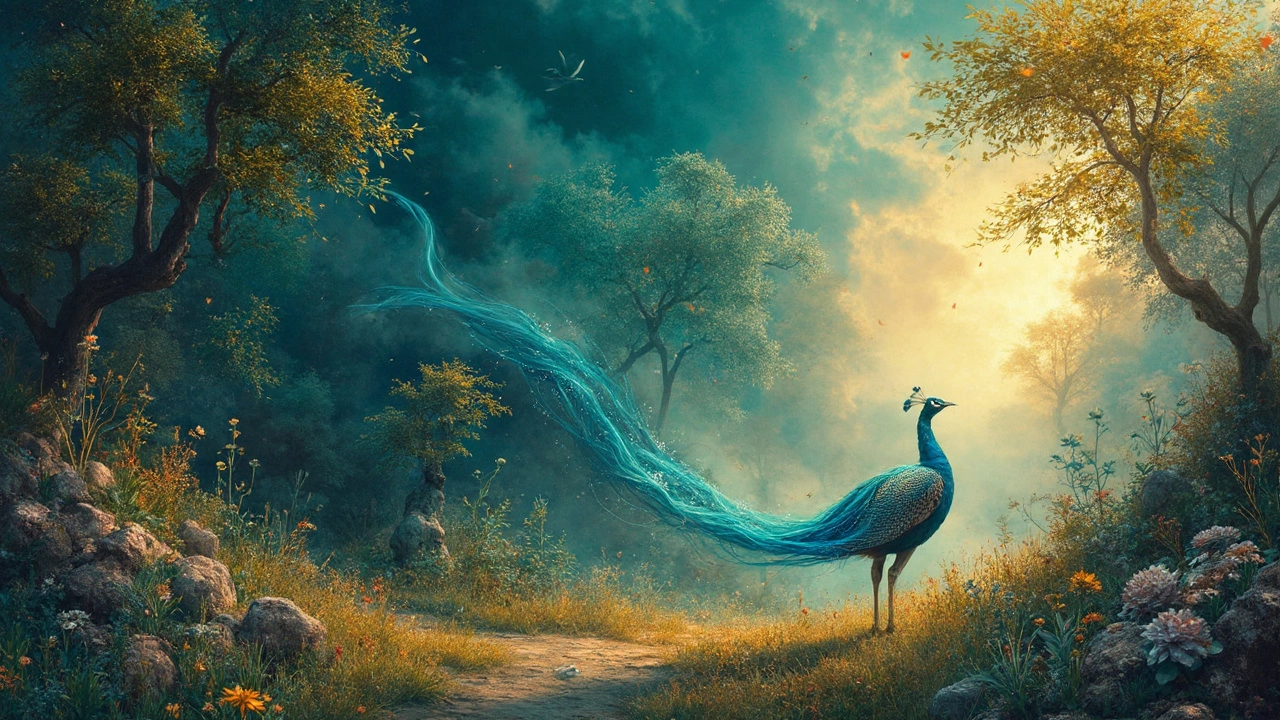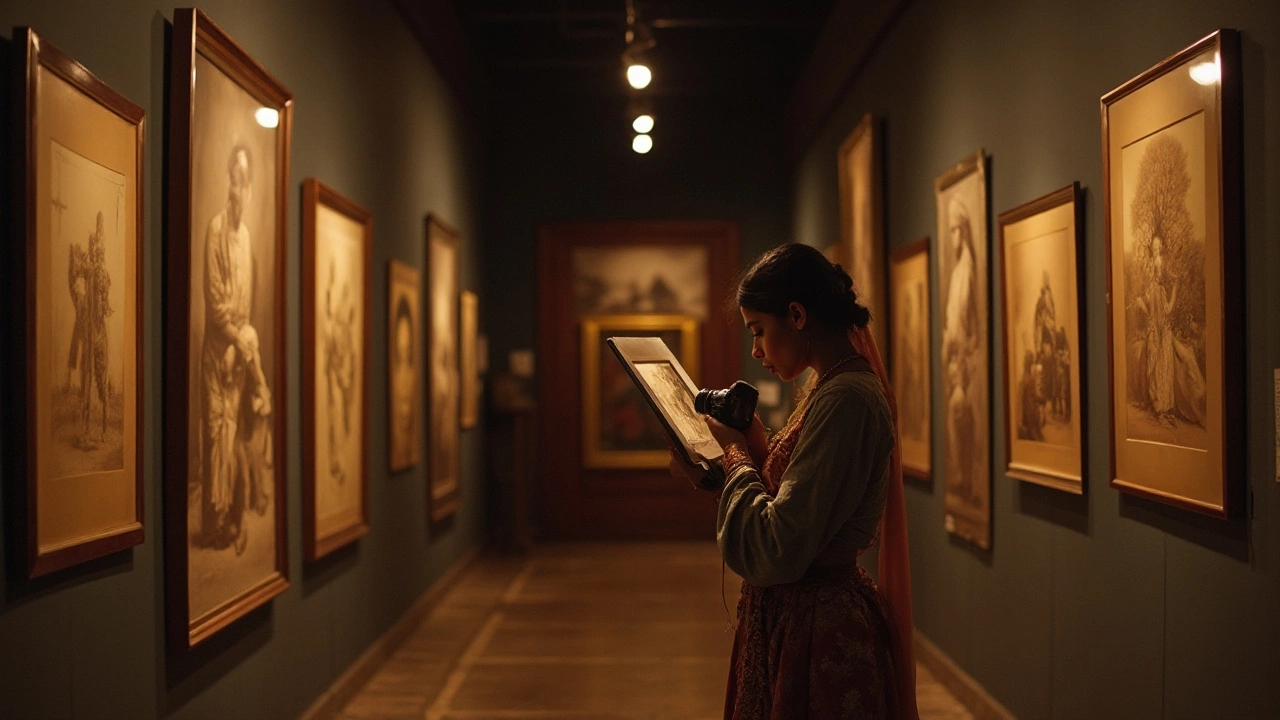Fine Art Photography: A Practical Guide for Creators
Fine art photography is more than just snapping a pretty picture. It’s about turning a camera into a brush and letting your personal vision speak on the wall. Whether you’re just starting out or looking to sharpen your style, the basics stay the same: purpose, composition, and a clear voice.
First off, think like a painter when you frame a shot. Use the rule of thirds, leading lines, or negative space to guide the viewer’s eye. Light works the same way in photography as in oil painting—soft morning glow creates mood, while harsh midday sun adds drama. Experiment with natural light, but don’t shy away from a simple flash or reflector to shape shadows.
You don’t need a million‑dollar camera to create fine art. A mid‑range DSLR or mirrorless body paired with a prime lens (50mm or 85mm) gives you the shallow depth of field most fine art pieces crave. If you’re on a tighter budget, a high‑quality smartphone with manual controls can still produce stunning results—focus on steady hands and good lighting.
Post‑processing is where your style really shows. Stick to one editing workflow—whether that’s black‑and‑white conversions, subtle color grading, or high‑contrast grain. Consistency helps collectors recognize your work instantly. Keep edits natural; the goal is to enhance the scene, not to make it look like a Photoshop experiment.
Building Your Unique Vision
Every fine art photographer needs a signature. Start by collecting images that move you, then ask why they resonate. Is it the texture, the story, the color palette? Use those answers to shape a series that feels cohesive. Work on a theme—urban decay, fleeting moments, or abstract forms—and let each photo add a new layer to the narrative. Showcasing a series instead of isolated shots makes it easier for galleries and buyers to see the bigger picture.
Making Money from Fine Art Photography
Turning passion into profit starts with pricing your prints right. Factor in the cost of paper, ink, framing, and your time. A good rule of thumb is to aim for at least a 2–3× markup on production costs. List your work on platforms like Instagram, local art fairs, or niche online galleries. Offer limited editions to create scarcity—collectors love knowing they own a piece of a small run.
Marketing doesn’t have to be complicated. Share behind‑the‑scenes stories on social media, write short captions that explain the concept, and engage with comments. Email newsletters keep your audience updated on new releases or upcoming shows. If you can land a few commissions for portraits or custom prints, you’ll not only boost income but also build a reputation for reliability.
Remember, fine art photography is a marathon, not a sprint. Keep shooting, keep refining, and keep putting your work where eyes can see it. The more you show, the more chances you have to turn a single image into a lasting piece of art that people want to live with.
